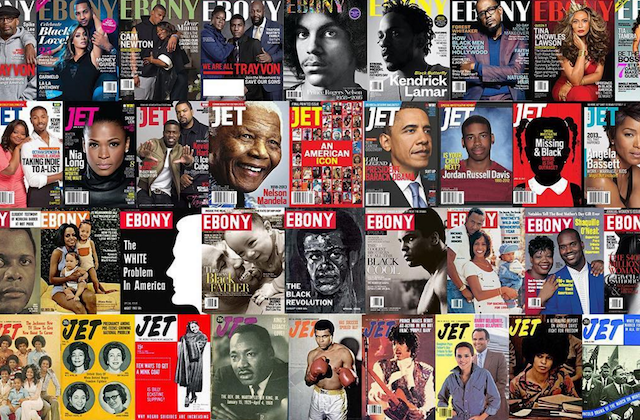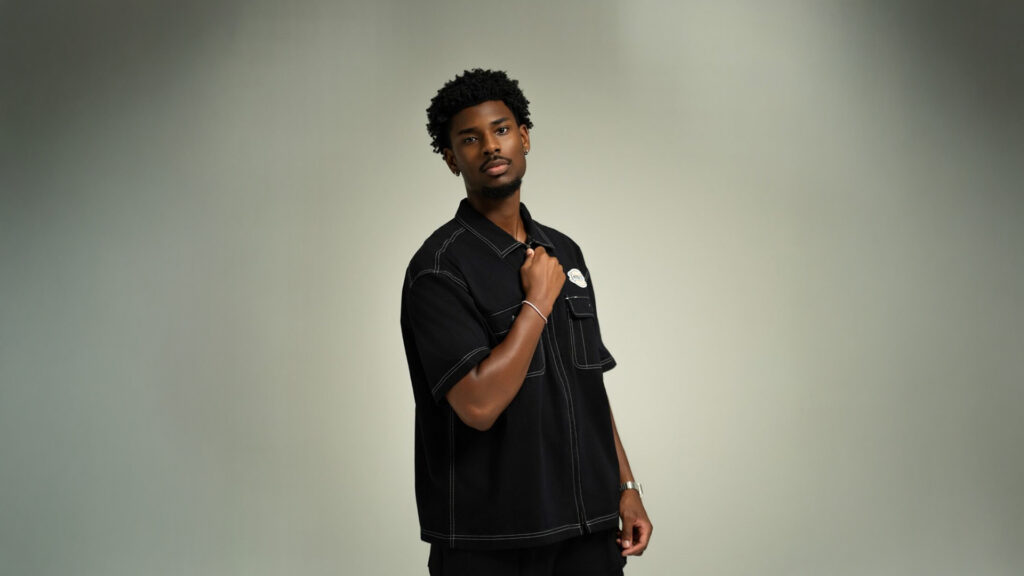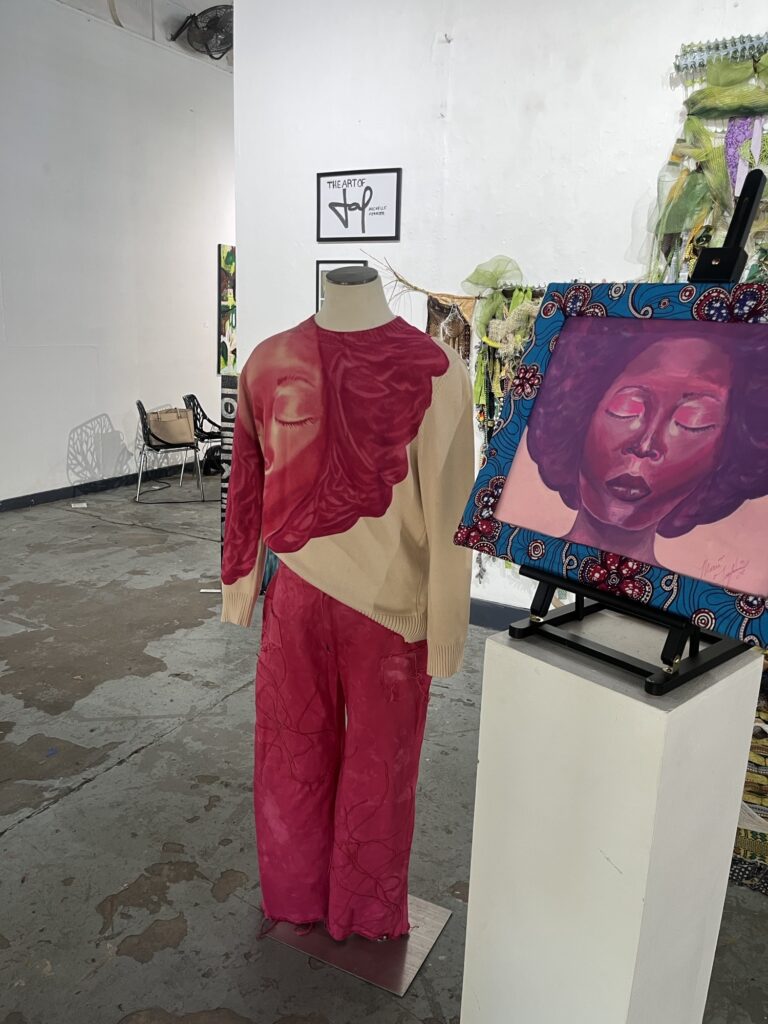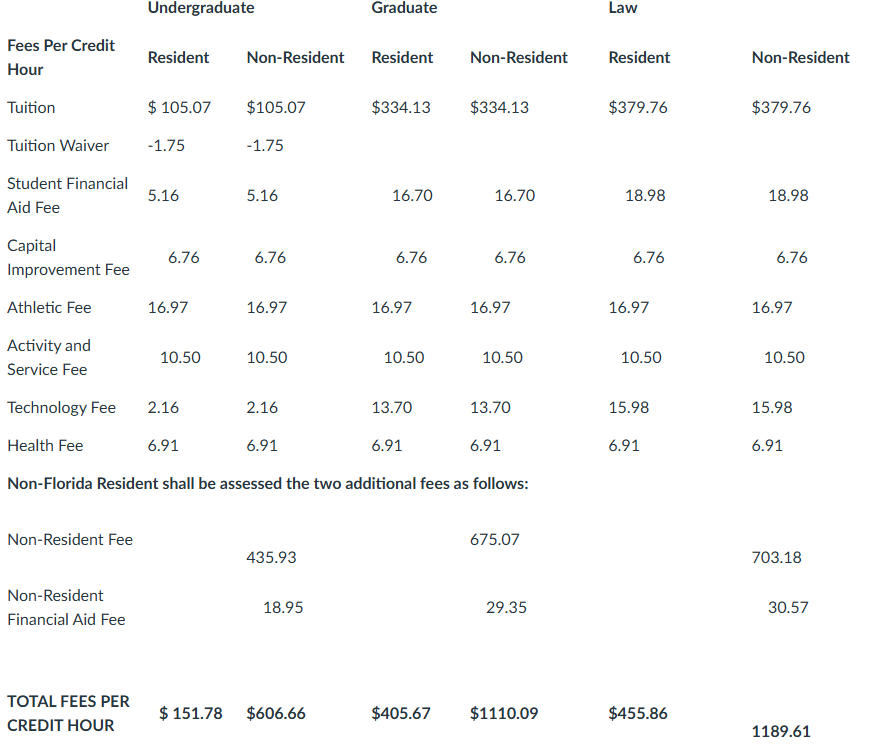Before there were online news publications and websites, there were print publications. Generations of African Americans have grown up in households with magazines like Ebony, Essence, Vibe or The Source circling the coffee table. Now, there are barely any black magazines on the stands, in the media, or at home.
The idea was to have publications that were made for us by us. Ebony magazine was the first black magazine created by John H. Johnson in 1945. Soon after, many publications emerged including their sister magazine, Jet. These magazines displayed African Americans in a different light from other media outlets. The issues featured love, beauty, success, lifestyle tips, culture and politics through the African American lens. So, why are these timeless magazines disappearing?
Andrea Butler, founder, and editor-in-chief of Sesi Magazine said funding is one of the major factors her company and other black publications have faced in keeping their publication afloat.
“We don’t have major backing or anything,” Butler said. “The money isn’t always coming in, so we really rely on support from our community through subscriptions, donations and we still try to sell ad spaces.”
Sesi magazine is the only black magazine that covers mainstream media for young black girls. The publication provides a monthly subscription and online content for the digital audience.
“Tell your friends, tell people to donate and subscribe because that’s the only way that black magazines like Sesi can stay around,” Butler said. The editor-in-chief believes in the need for communal support to keep black publications thriving.
In 2016, Ebony and Jet magazine were sold to Clear View Group, a private equity firm. Soon after, the magazines’ parent publisher, Johnson Publishing Company, filed for bankruptcy.
Nevertheless, John H. Johnson’s dream helped transform the way African Americans were viewed in the media. His publications told stories, changed lives, and impacted communities.
African American consumers aren’t the only ones who have fueled the decline of black media. Big corporations rather invest in mainstream media than media with a niche black audience.
Even with a tremendous purchasing power reaching over $1 trillion, only a small percentage of funds are reserved to advertise and market toward the African American market. Mikayla Fields, a marketing major at the University of West Florida, says the African American dollar is undervalued.
“We (African Americans) keep this market afloat,” Fields said. “Without us, a lot of these big corporations would be going bankrupt as well.”
The unfortunate lack of investment in black publications leads to the lack of African American ownership.
Vibe Magazine, founded by renowned music producer Quincy Jones, was bought out by a private company. The money that was once going into a black business has been distributed to other mainstream magazines. Vibe’s last print issue was in 2014, and the content is now primarily distributed online.
With the advancement of technology, coupled with the lack of funding, many publications have switched to digital publishing. Publications are redefining their platforms to keep up with the ever-changing media industry. Social media networks have even given magazines more range to display their content.
Dr. Leah Hunter, Assistant Professor of Journalism, said the increase of technology has led to many people resorting to the internet as their main source of information.
“For a lot of people, a lot of the stories that they would get from Essence or Ebony, they can get it now on the internet,” Hunter said.
To diversify, mainstream magazines, such as Vogue, Marie Claire, and Glamour, have made strides to become more inclusive in their content. Countless black musicians, artists, and activists have been featured on the front covers of these magazines. While this inclusivity is important, black magazines have always been a safe space for artists and activists to speak of their work to an audience that relates to them.
Danielle Jackson, a writer for Long Reads, said the advancements of diversity and inclusion has affected the need for black news sources.
“Diversity is universally in, at least at this moment,” Jackson said. “It has become a business imperative for mainstream publications. That’s a win and a progression. But it has come with a cost.”
As more magazines join the wave of diverse content, the need for black news sources seems less profound. Consumers now have a broader variety of magazines that can represent them, so the demand for all black magazines have decreased at the cost of diversity.
Print magazines are like time capsules capturing the essence of black people over the years. The issues are timeless, meaningful pieces filled with experiences that shape how African Americans are viewed, influenced and celebrated. In the years to come, black magazines will be one of our few primary sources that reflect the unique stories, challenges, and achievements of the black community. They will forever hold a historic value that will continue to inspire future generations.













